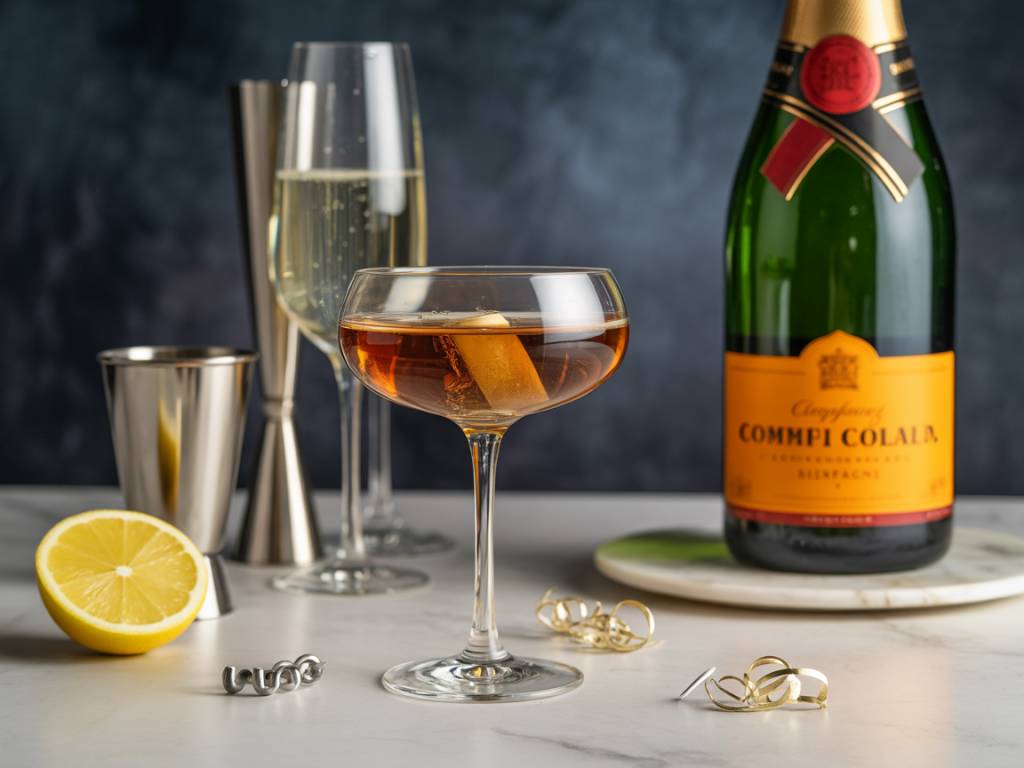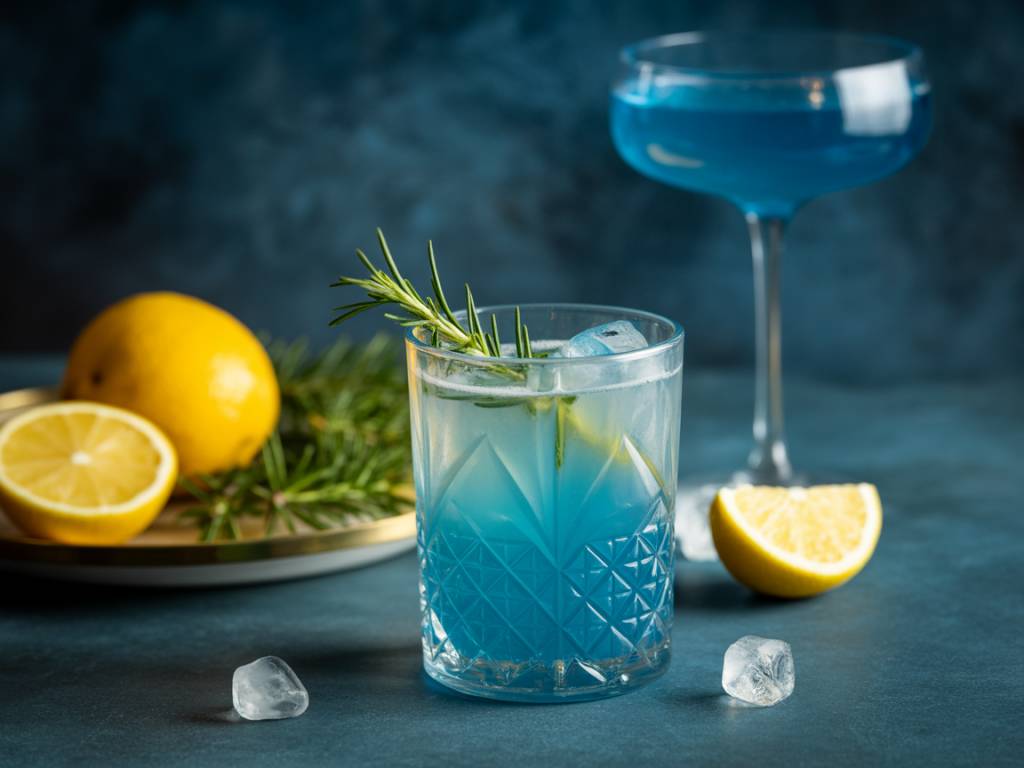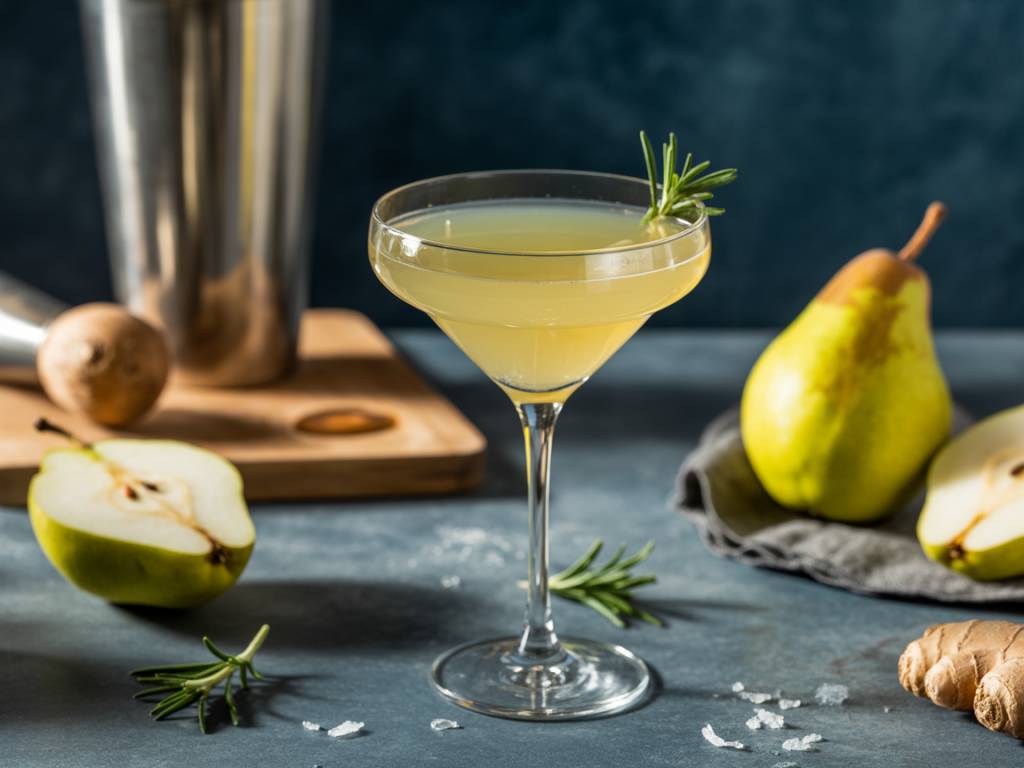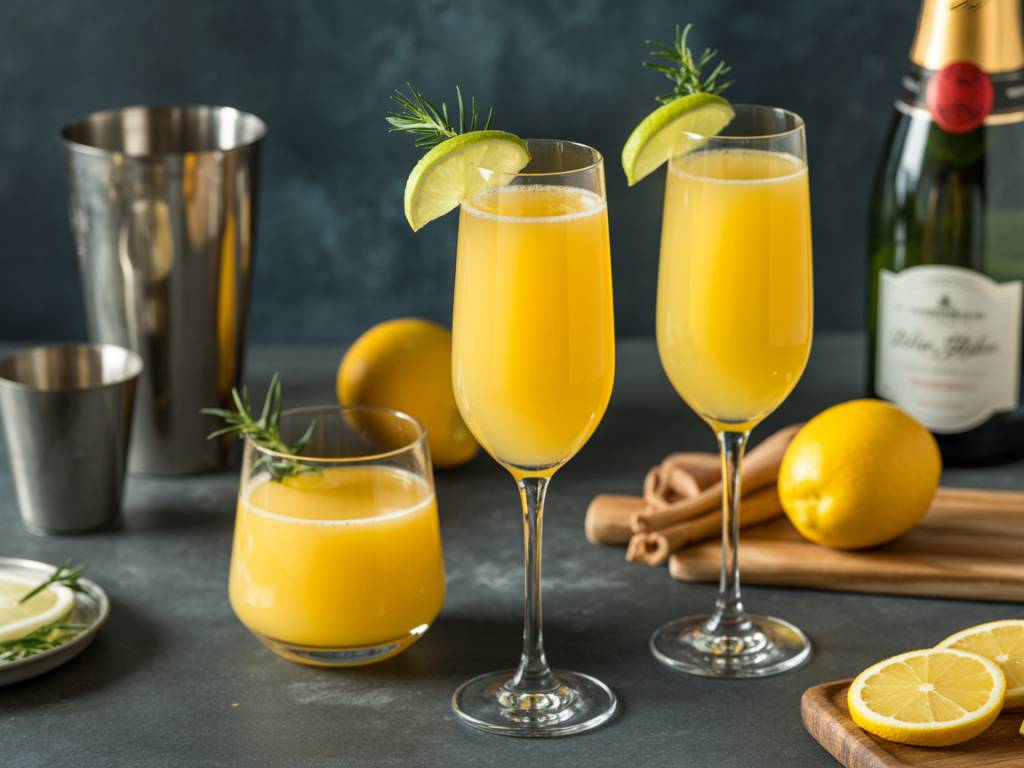Why Cognac and Champagne Make a Perfect Pair
When it comes to celebrating in style, nothing says “special occasion” quite like Champagne — unless you bring Cognac into the mix. This duo isn’t just fancy for the sake of fancy; when handled properly, Cognac and Champagne balance each other out in a way that’s both sophisticated and surprisingly drinkable. You’ve got the sharp, bubbly brightness of Champagne offsetting the round, velvety depth of Cognac. It’s a marriage of finesse and fire.
Whether you’re ringing in the new year, toasting a wedding, or just treating yourself after a long week, mixing a Cognac and Champagne cocktail feels like a step above — without being fussy. Let’s break it down simply, and yes, I’ll give you a bulletproof recipe to get started.
The Classic: French 75, Cognac Edition
You might already know the French 75 as a gin-based cocktail, but let me tell you — swapping gin for Cognac? Absolute game-changer. The swap doesn’t just add richness; it adds character. Think softer, deeper notes of vanilla and dried fruit, which pair beautifully with Champagne’s crisp, zesty sparkle.
Here’s my go-to Cognac French 75 recipe, straight from behind the bar:
- 1 oz Cognac (VSOP preferably — more on that below)
- 1/2 oz fresh lemon juice
- 1/2 oz simple syrup
- 3 oz chilled Champagne (Brut is ideal)
- Lemon twist, for garnish
Instructions:
- In a shaker, combine the Cognac, lemon juice, and simple syrup with ice. Shake hard — about 10 seconds.
- Strain into a chilled flute (or a coupe if you’re feeling classic).
- Top with Champagne, slide that lemon twist over the rim, and there you go.
This version of the French 75 leans warmer and more aromatic than the gin original. It’s got festive written all over it, but with a little more soul. You want something celebratory that doesn’t scream sugar-rush? This is it.
Choosing Your Cognac: It Matters
I’ve seen folks grab the first Cognac bottle they see without thinking about how it plays with other flavors. For cocktails, you want a Cognac that pulls its weight but doesn’t overpower. Stick with a good VS or VSOP — you’re looking for fruit-forward notes with a touch of oak and spice. Save the XO for sipping straight.
Here are some solid choices behind the bar:
- Hennessy VS – Young, lively, easy to blend.
- Rémy Martin VSOP – Round, deeper, consistent quality.
- Courvoisier VSOP – Slightly sweeter with vanilla-fig notes — plays well with citrus.
And remember: you don’t need to go top-shelf to get top flavor in a mixed drink. The fizz from the Champagne helps elevate even mid-range Cognacs, as long as the base spirit is smooth and clean.
Speaking of Champagne… Don’t Blow Your Budget
This may ruffle a few feathers, but here’s the truth: You don’t need Dom Pérignon to make a stellar Cognac and Champagne cocktail. What you do need is balance. Stick to dry, crisp styles like Brut or Extra Brut. Too much sweetness can tip your cocktail into cloying territory fast.
Look for these on the label:
- Gruet Brut – A New Mexico surprise hit; yeasty, dry, and affordable.
- Louis Bouillot Perle Noire – A Crémant (non-Champagne sparkling wine) with tons of Champagne-like character.
- Jean-Louis Blanc de Blancs Brut – Not pricey, but holds up beautifully with spirits.
If you’re going for the real Champagne AOC stuff, something like Piper-Heidsieck or Nicolas Feuillatte offers huge bang for buck without draining your party fund.
Going Off Script: Variations That Work
One of the great things about mixing Cognac and Champagne is the versatility. If you’ve got the bones — a brown spirit and something bubbly — you can play around a little. I’ve experimented with these riffs at parties and behind the stick, and they always impress:
- Maple Twist – Swap simple syrup for maple syrup, robust and a little rustic. Perfect for fall or winter celebrations.
- Berry Pop – Muddle a few raspberries or blackberries in the shaker for a splash of color and subtle berry depth.
- Orange Blossom – Add a dash of orange blossom water (easy does it), and garnish with an orange zest — brings out the Cognac’s floral side.
Just remember to keep the proportions in line. You want depth, not density — don’t drown the Champagne.
Common Mistakes to Avoid
This wouldn’t be Cocktail Cabana if I didn’t throw in some bar truths. Cognac and Champagne together are simple in theory, but there’s still room for missteps. Here’s what I’ve seen (and done — hey, we all start somewhere):
- Too much Cognac. It overpowers the Champagne and flattens the drink. Stick to one ounce or just a hair more.
- Flat Champagne. Seems obvious, right? But someone’s always tempted to use that bottle from two days ago. Don’t. Bubbles are non-negotiable here.
- No chilling. Warm Cognac + warm Champagne = warm regret. Shake your base with ice and chill your glassware in advance.
- Sugaring it to death. A little simple syrup goes a long way. Unless you’re mixing for a ten-year-old (please don’t), resist the extra sugar.
When to Serve It
I’ve served Cognac and Champagne cocktails at everything from rooftop birthdays to post-service kitchen wind-downs. It’s great for:
- Brunch toasts – Adds elegance without too much booze upfront.
- Holiday dinners – Especially post-dessert, when you want something light but rich.
- Weddings and anniversaries – Because nothing says “commitment” like mixing 200 cocktails in formalwear.
- Impressing your in-laws – Seriously, pour one of these and expect compliments.
The trick is timing. Serve it cold, serve it fresh, serve it when people are already smiling — it’ll multiply the good mood.
Last Pour Advice
If you take one thing from this article, let it be this: Cognac and Champagne might sound luxe, but they don’t have to be complicated. With the right balance and a chilled glass, you can knock this cocktail out in five minutes and elevate whatever moment you’re in. That’s the kind of mixology I live for — approachable, adaptable, and damn satisfying.
So next time you’ve got a bottle of bubbly and a bit of Cognac hiding in the cabinet, skip the flute-only pour. Go the extra step. Shake up a Cognac French 75, or make it your own — just keep the balance, and don’t forget the twist.





